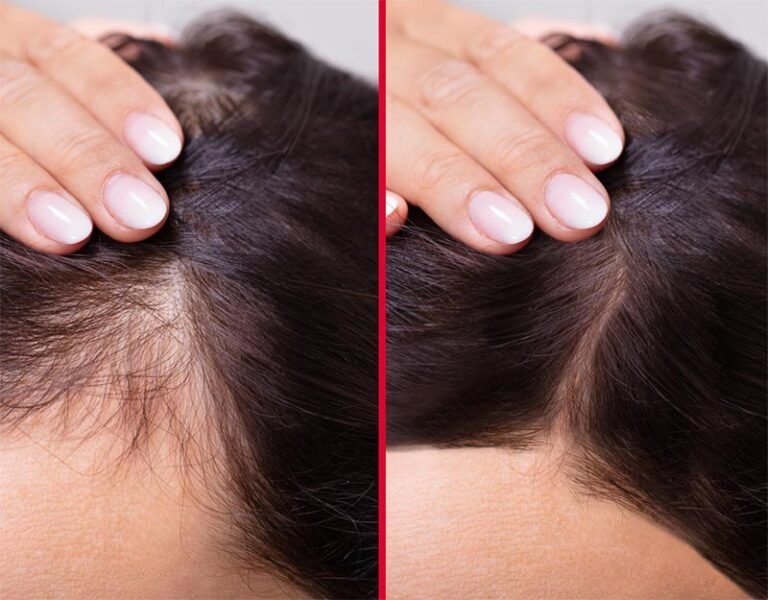Understanding the World of Narcolepsy Medications
Understanding Narcolepsy
Narcolepsy, a neurological disorder characterized by excessive daytime sleepiness, can profoundly impact one’s quality of life. Individuals with narcolepsy often experience sudden and uncontrollable episodes of sleep, even in the midst of daily activities. This condition can lead to significant challenges in maintaining wakefulness and participating fully in work, school, and social interactions.
The Importance of Medication
While there is currently no cure for narcolepsy, medication plays a crucial role in managing its symptoms. By targeting the underlying mechanisms of the disorder, narcolepsy medications aim to alleviate excessive daytime sleepiness, reduce the frequency of sleep attacks, and improve overall wakefulness. These medications can significantly enhance the daily functioning and well-being of individuals living with narcolepsy.
Exploring Narcolepsy Medications
1. Stimulants
Stimulant medications, such as modafinil and amphetamine derivatives, are commonly prescribed to combat excessive daytime sleepiness in narcolepsy. These drugs work by increasing the activity of certain neurotransmitters in the brain, thereby promoting wakefulness and alertness. While stimulants can be highly effective in reducing sleepiness, they may also carry the risk of side effects such as insomnia, anxiety, and increased heart rate.

2. Sodium Oxybate
Sodium oxybate, also known as gamma-hydroxybutyrate (GHB), is another medication used in the treatment of narcolepsy. This central nervous system depressant helps regulate sleep and wake cycles, leading to improved nighttime sleep and reduced daytime sleepiness. However, sodium oxybate requires careful dosing and monitoring due to its potential for abuse and dependence.
3. Selective Serotonin Reuptake Inhibitors (SSRIs)
Some individuals with narcolepsy may benefit from selective serotonin reuptake inhibitors (SSRIs), a class of antidepressant medications. While SSRIs are not specifically approved for narcolepsy, they may help alleviate symptoms such as cataplexy and hypnagogic hallucinations in some patients. These medications work by increasing levels of serotonin in the brain, which can regulate mood and improve sleep quality.
4. Tricyclic Antidepressants (TCAs)
Tricyclic antidepressants (TCAs), such as imipramine and clomipramine, are another option for managing narcolepsy symptoms. Similar to SSRIs, TCAs can help reduce the frequency and severity of cataplexy episodes and improve overall sleep architecture. However, they may also cause side effects such as dry mouth, constipation, and weight gain.
5. Wake-Promoting Agents
Newer medications known as wake-promoting agents have emerged as promising options for narcolepsy treatment. Drugs like pitolisant work by targeting specific receptors in the brain involved in the regulation of wakefulness, offering a novel approach to combating excessive daytime sleepiness without the potential for abuse or tolerance seen with traditional stimulants.
Individualized Treatment Approaches
It’s important to recognize that the effectiveness of narcolepsy medications can vary from person to person. Treatment plans should be tailored to each individual’s unique symptoms, medical history, and lifestyle factors. Additionally, regular monitoring and adjustments may be necessary to ensure optimal therapeutic outcomes while minimizing side effects.

Understanding Narcolepsy
Before delving into the medications, it’s essential to understand the nature of narcolepsy. This disorder disrupts the brain’s ability to regulate sleep-wake cycles properly. Individuals with narcolepsy may experience sudden and uncontrollable episodes of sleep during the day, as well as other symptoms such as sleep paralysis, hallucinations, and disrupted nighttime sleep.
1. Modafinil
Modafinil is a widely prescribed medication for narcolepsy management. It works by stimulating certain areas of the brain responsible for wakefulness, thereby reducing excessive daytime sleepiness. Unlike traditional stimulants, modafinil has a lower risk of dependence and fewer side effects, making it a preferred choice for many patients.
2. Armodafinil
Similar to modafinil, armodafinil is another medication used to promote wakefulness in individuals with narcolepsy. It is a longer-lasting variant, allowing for sustained alertness throughout the day. Armodafinil is often prescribed for those who require extended wakefulness without the need for multiple doses.
3. Methylphenidate
Methylphenidate is a central nervous system stimulant commonly used to treat narcolepsy symptoms. It works by increasing the levels of certain neurotransmitters in the brain, thereby improving wakefulness and attention. While methylphenidate can be effective, it may also carry a higher risk of side effects and dependency compared to other medications.
4. Sodium Oxybate
Sodium oxybate, also known as gamma hydroxybutyrate (GHB), is a medication prescribed to manage both excessive daytime sleepiness and cataplexy, a sudden loss of muscle tone often associated with narcolepsy. It helps improve nighttime sleep quality and reduce the frequency of cataplexy attacks, ultimately enhancing overall well-being.
5. Pitolisant
Pitolisant is a newer medication approved for the treatment of narcolepsy with or without cataplexy. Unlike traditional stimulants, pitolisant works by targeting histamine receptors in the brain, promoting wakefulness without the risk of addiction or tolerance development. It offers an alternative option for individuals who may not tolerate or respond well to other medications
Conclusion
In conclusion, narcolepsy medications play a vital role in managing the symptoms of this chronic neurological disorder. From stimulants to antidepressants to novel wake-promoting agents, there are various options available to help individuals with narcolepsy regain control over their wakefulness and improve their overall quality of life.







